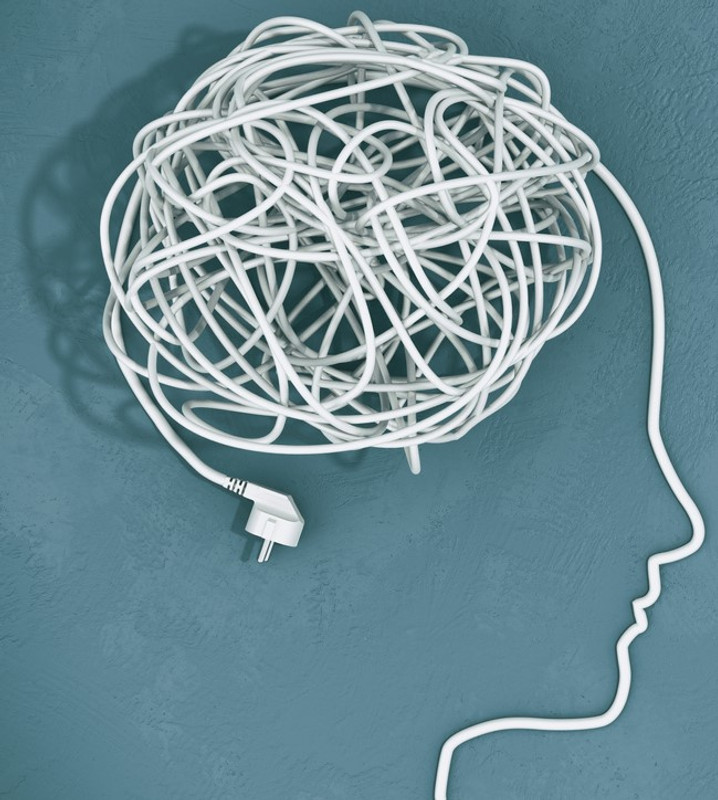FREE Switching Off At Night Video Series
Free 7 part video series, based on research-based brain care strategies, to help you unplug, calm down and switch off at night. Implementing these into your life will help calm you down at the end of the day, had better dreams at night, and allow you to wake up feeling refreshed.
3 step process to help switch off at night
1) Calm down and de-stress before bed using Havening Touch and some distractions such as humming, counting games, alphabet games and affirmations. (Video 4)
2) I’m OK in this moment. Reassure your brain there are no tigers around. At bed time notice and breathe in 3 safe and protective things right now– air to breathe, warm blanket, strong walls, etc.
Building up your inner tanks of safety, satisfaction and connection also helps reduce anxiety. (Video’s 5 and 6)
3) Seek out the pleasant each day to intentionally build new neural pathways. At bedtime notice, enrich and absorb 3 things that went well, or you are grateful for. (Video 7)
Switching Off At Night. Part 1. Introduction.
In this educational video, you will be given an introduction as to why sleep is important for your health, wellbeing and happiness. I talk about my journey and we have a quick look at how evolution plays a role in sleep. You'll be introduced to 2 operating systems: The red zone and the green zone which will help you understand why we need a calm brain and body in order to switch off at night.
Switching Off At Night. Part 2. Introduction to Havening Techniques
In this educational video, Karyn Chalk shows you a very effective way to calm down from stress and anxiety after a busy day using Havening Techniques®. The calming and gentle nature of Havening Touch® directly interacts with the Amygdala (the flight/flight/freeze part of the brain) and helps to deactivate the neurons that created the alarm bells of anxiety, overwhelm and overthinking. Karyn Chalk explains and demonstrates 4 areas that are hard wired with each of us that we can intentionally use to change the electrochemical activity of our brain and quickly calm down from stress and worry.
Switching Off At Night. Part 3. Introduction to Positive Neuroplasticity.
In order to survival the brain developed 3 fundamental core needs. We need to feel safe, we need to feel satisfied and we need to feel connected. When these inner tanks are topped up we have a much better sleep, mental health is improved and we have a more positive outlook on life. Positive Neuroplasticity is about taking beneficial experiences and installing them inside us as lasting inner strengths such as confidence, grit, playfulness, strength, happiness etc. In turn we can deliberately use the mind to change the brain over time for the better. This allows us to put our health and happiness back into our own hands.
Switching Off At Night. Part 4. Using Havening Techniques to ease stress, worry and anxiety.
In this practice video, Karyn Chalk demonstrates how to use Havening Techniques to calm down before bed from emotions such as anxiety, overwhelm and worry. This will help set you up for a deep, restful and restorative sleep.
Switching Off At Night. Part 5. Using Positive Neuroplasticity to fill up the tanks of safety, satisfaction and connection.
To help have restful sleep the brain needs to be in what Dr Rick Hanson calls the Green Zone, where the body shifts to rest, digest and repair. The practice exercise below combines the power of Havening Techniques and Positive Neuroplasticity. These techniques allow you to to build inner strengths for our 3 core needs of safety, satisfaction and connection. In turn this helps the brain and the body feel safe, protected, reassured, content and connected. The perfect set up for a great nights sleep.
Switching Off At Night. Part 6. Using Positive Neuroplasticity to provide reassurance of inner safety.
Feeling safe internally is a fundamental core need in all humans. Moment by moment your brain needs to know that you are doing Ok internally. It needs to know you have enough air to breathe, food, water and some protective things around you. This video is designed to help the internal scanning systems pick up this information and send these reassuring messages it to the Amygdala (fight/flight/freeze part of the brain. In turn, this will help soothe, settle and reassure your brain that 'all is well' and you are OK at night time. These messages of reassurance will help you go back into a restful sleep.
Switching Off At Night. Part 7. Using Positive Neuroplasticity to enhance daily gratitude.
This video is an inner practice to take some time to notice some things you are grateful for. When we practice gratitude on a regular basis it has many benefits, including calming down, improved wellbeing, feeling more connected relationships. Gratitude also helps give us a sense of meaning and purpose in life. You might repeat this exercise each night before you go to sleep.

